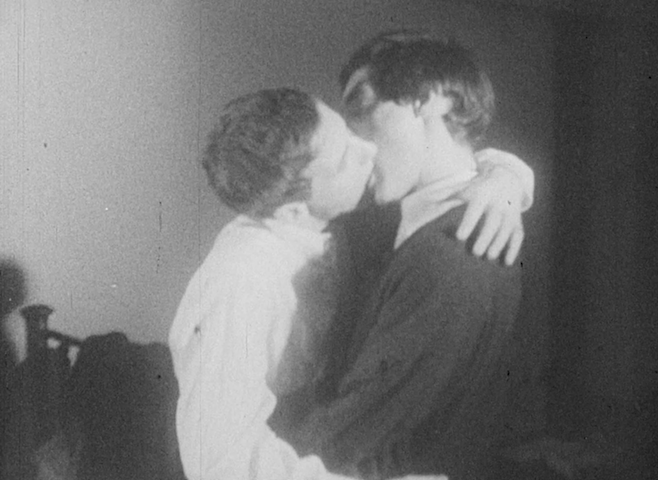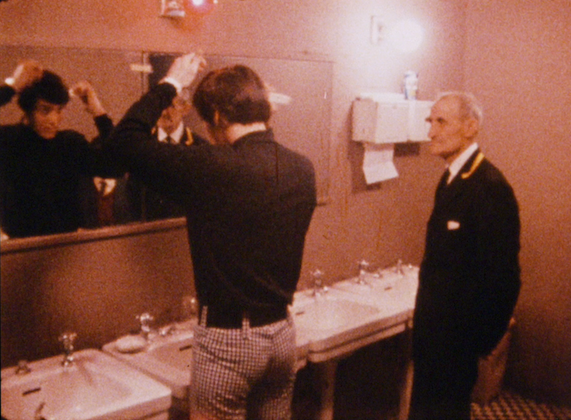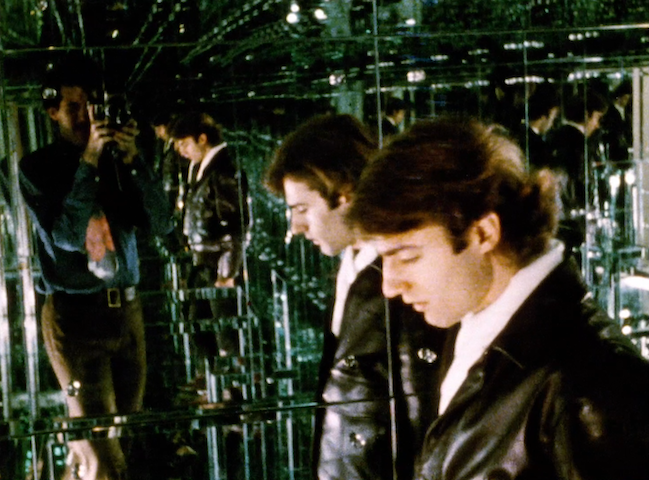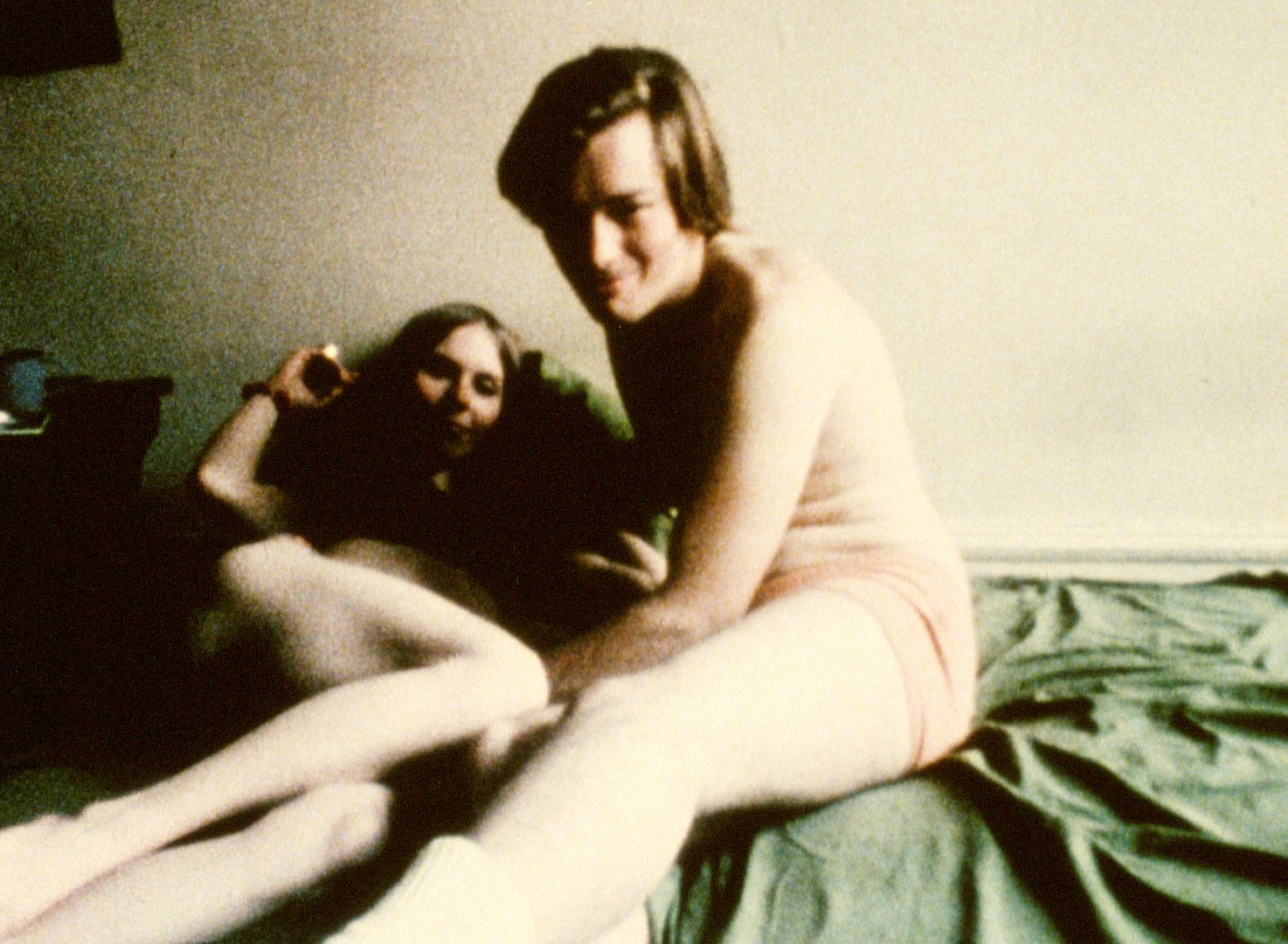Warren Sonbert Collection
/Scenes from Warren Sonbert's early films from 1966, WHERE DID OUR LOVE GO?, HALL OF MIRRORS, and AMPHETAMINE, and from 1967 THE BAD AND THE BEAUTIFUL and THE TENTH LEGION
The Estate of Warren Sonbert has previously named GME as the custodian of the legacy of experimental filmmaker Warren Sonbert (1947—1995). Since Sonbert’s untimely passing, GME has worked on an extensive project to preserve, distribute and curate career retrospectives of his films on an international basis, as well as publish original documents from the paper archive of his writings, which are now housed at Harvard University, and reprinted in a special 2014 issue of Framework: The Journal of Cinema and Media. A second issue of Framework, consisting of writings about Sonbert’s early films (from AMPHETAMINE through CARRIAGE TRADE) was published in 2024.
Warren Sonbert was one of the seminal figures working in American experimental film. He started making films in 1966 while a student at New York University, and when he was 20 years old, his first career retrospective drew the attention of the film critic for the commercial trade journal Variety, who wrote: “Probably not since Andy Warhol’s THE CHELSEA GIRLS had its first showing at the Cinematheque... almost a year and a half ago has an ‘underground’ film event caused as much curiosity and interest in N.Y.’s non-underground world as did four days of showings of the complete films of Warren Sonbert at the Cinematheque’s new location on Wooster St.”
Sonbert’s earliest films, in which he captured the spirit of his generation, were inspired first by the university milieu and then by the denizens of the Warhol art scene, including superstars Rene Ricard and Gerard Malanga. In these loosely structured narratives, Sonbert boldly experimented with the relationship between filmmaker and protagonists through extensively choreographed hand-held camera movements within each shot. The mood of these films was further modulated by chiaroscuro effects, achieved primarily through natural lighting (in both indoor and outdoor shots), combined with variations in the raw film stock and the exposure and the use of rock-and-roll music on the soundtrack.
For the first time ever, we are pleased to announce the release in digital format of Sonbert’s early films: AMPHETAMINE, WHERE DID OUR LOVE GO?, and HALL OF MIRRORS, all from 1966, as well as THE TENTH LEGION and THE BAD AND THE BEAUTIFUL, both from 1967.
THE TENTH LEGION (1967) THE BAD AND THE BEAUTIFUL (1967)
Scenes from a selection of Warren Sonbert's Montage Films from 1968-1997, A WOMAN'S TOUCH (1983), CARRIAGE TRADE (1972), NOBLESSE OBLIGE (1981), FRIENDLY WITNESS (1989), and WHIPLASH (1995-1997)
Beginning in 1968 with THE TUXEDO THEATRE, Sonbert began traveling the world and created tightly edited, silent, montage films. He became known as the leading proponent of polyvalent montage, in which, according to Sonbert, his films were “not strictly involved with plot or morality but rather the language of film as regards time, composition, cutting, light, distance, extension of backgrounds to foregrounds, what you see and what you don’t, a jig-saw puzzle of postcards to produce various displace effects.”
THE TUXEDO THEATRE was an early version of the film that Sonbert ultimately considered his “magnum opus,” 1973’s CARRIAGE TRADE. Described by Sonbert as “a 16mm, 60-minute, 6-year compilation of travels, home movies, documents, shown silent,” CARRIAGE TRADE indelibly interweaves footage taken from Sonbert’s journeys throughout Europe, Africa, Asia, and the United States together with shots he removed from the camera originals of a number of his earlier films. An evolving work-in-progress, the 61-minute version released in 1973 is the definitive form in which Sonbert realized CARRIAGE TRADE. This version is preserved intact from the camera original.
STILL: WARREN SONBERT’S CARRIAGE TRADE (1973). SOURCE: GARTENBERG MEDIA ENTERPRISES.
As noted by GME President Jon Gartenberg in his October 1973 program note for the Whitney Museum of American Art’s New American Filmmakers series:
With CARRIAGE TRADE, Sonbert began to challenge the theories espoused by the great Soviet filmmakers of the 1920s; he particularly disliked the ‘knee-jerk’ reaction produced by Eisenstein montage… [Sonbert’s polyvalent montage] approach… ultimately affords the viewer multi-faceted readings of the connections between shots through the spectator's assimilation of ‘the changing relations of the movement of objects, the gestures of figures, familiar worldwide icons, rituals and reactions, rhythm, spacing and density of images.’
Sonbert’s early films — from 1966’s AMPHETAMINE through to 1973’s CARRIAGE TRADE — are currently available from GME as Digital Site Licenses (DSLs). Sonbert’s montage films will become available from GME later in 2025.












